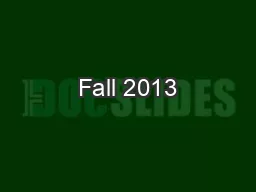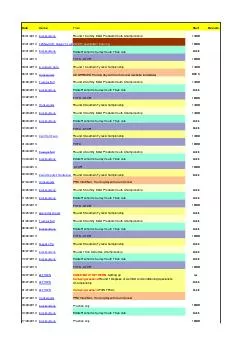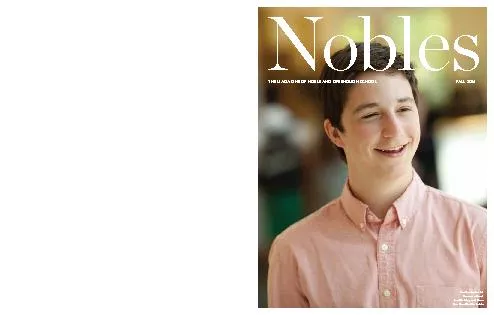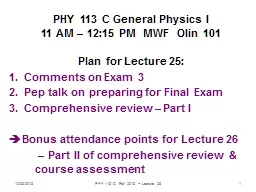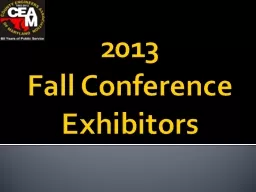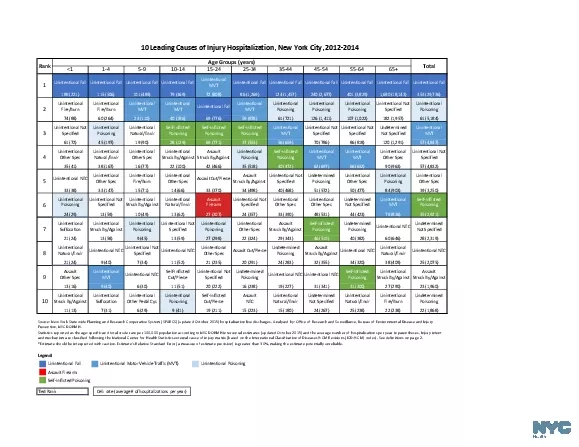PPT-Fall 2013
Author : tatiana-dople | Published Date : 2016-08-02
Alison Auton Sherri Draughn Helena Vanhorn FCS 5112 The Art Center Stages of Art Development Lowenfeld and Brittain 1987 Scribble Stage before age 4 Preschematic
Presentation Embed Code
Download Presentation
Download Presentation The PPT/PDF document "Fall 2013" is the property of its rightful owner. Permission is granted to download and print the materials on this website for personal, non-commercial use only, and to display it on your personal computer provided you do not modify the materials and that you retain all copyright notices contained in the materials. By downloading content from our website, you accept the terms of this agreement.
Fall 2013: Transcript
Download Rules Of Document
"Fall 2013"The content belongs to its owner. You may download and print it for personal use, without modification, and keep all copyright notices. By downloading, you agree to these terms.
Related Documents

